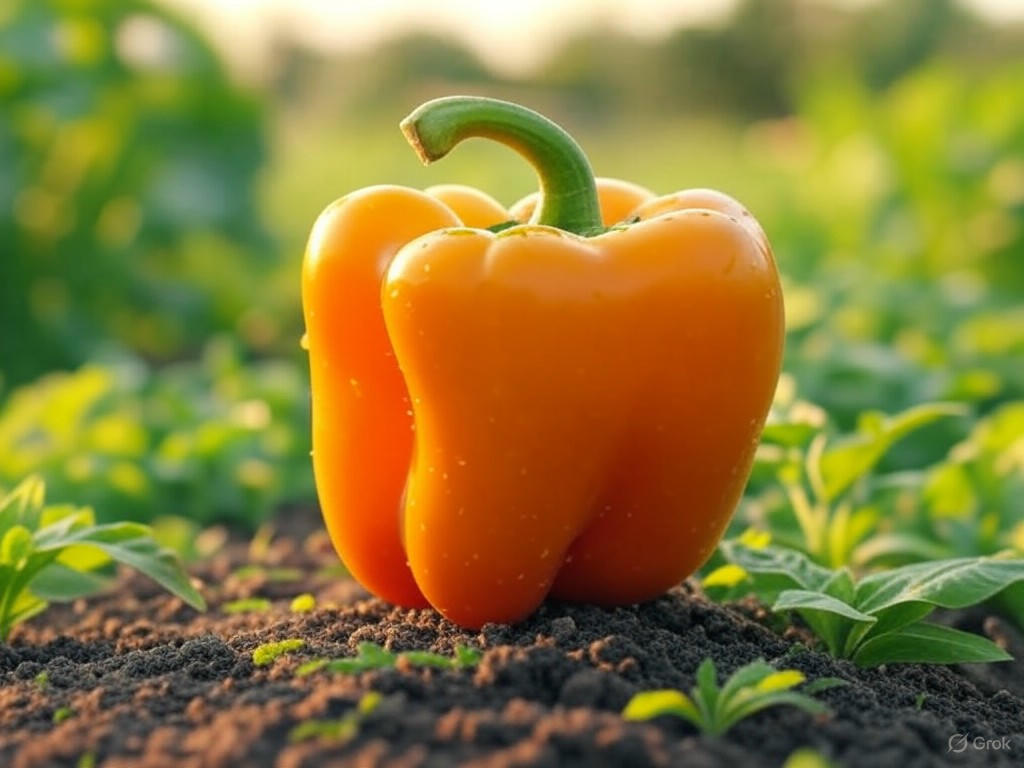America’s Favorite Vegetable: A Hidden Pesticide Problem
In a startling revelation for health-conscious consumers, recent data has exposed a troubling reality about one of America’s most beloved vegetables. According to the latest report from the Environmental Working Group (EWG), a non-profit advocating for safer food practices, the most consumed vegetable in the United States ranks high on the list of produce laden with harmful pesticides. Released as part of their 2025 Shopper’s Guide to Pesticides in Produce, the findings have sparked concern among shoppers and farmers alike, raising questions about the safety of everyday diets.
Each year, the EWG analyzes data from the U.S. Department of Agriculture to identify which fruits and vegetables carry the highest pesticide residues, even after washing and peeling. Their infamous ‘Dirty Dozen’ list highlights the worst offenders, and this year’s report places a staple vegetable—enjoyed in countless households—at the top. While the specific vegetable wasn’t named in initial summaries, experts suggest it’s a commonly used item in meals ranging from salads to side dishes. The concern lies in the chemicals used to protect crops from pests, which can linger on produce and potentially pose health risks over time, including links to hormonal disruptions and other long-term effects.
The implications of this report are significant for both consumers and the agricultural industry. For everyday shoppers, the news serves as a wake-up call to scrutinize the origins of their food. Many are now turning to organic alternatives, though the higher cost can be a barrier for some families. Farmers, on the other hand, face pressure to adopt safer pest control methods, balancing productivity with growing public demand for cleaner produce. The EWG also offers a silver lining with their ‘Clean Fifteen’ list, spotlighting fruits and vegetables with minimal pesticide traces, encouraging consumers to make informed swaps at the grocery store.
Beyond individual choices, this report underscores broader systemic issues in food production. Advocates argue that stricter regulations on pesticide use are long overdue, pointing to countries with tougher standards as models for change. Meanwhile, critics of the EWG’s methodology caution against panic, noting that the levels of pesticides found are often within federal safety limits. Still, the debate continues to grow as more Americans prioritize health and sustainability in their diets.
As the conversation unfolds, one thing is clear: awareness is the first step toward change. Whether it’s choosing organic options, supporting local farmers with sustainable practices, or advocating for policy reform, consumers have the power to influence the future of food safety. The 2025 Shopper’s Guide serves as a reminder that even the most familiar items on our plates can hide unseen risks. By staying informed and making mindful decisions, we can work toward a healthier, safer food system for all. Let this be a call to action—next time you’re at the market, take a closer look at what’s in your cart.


